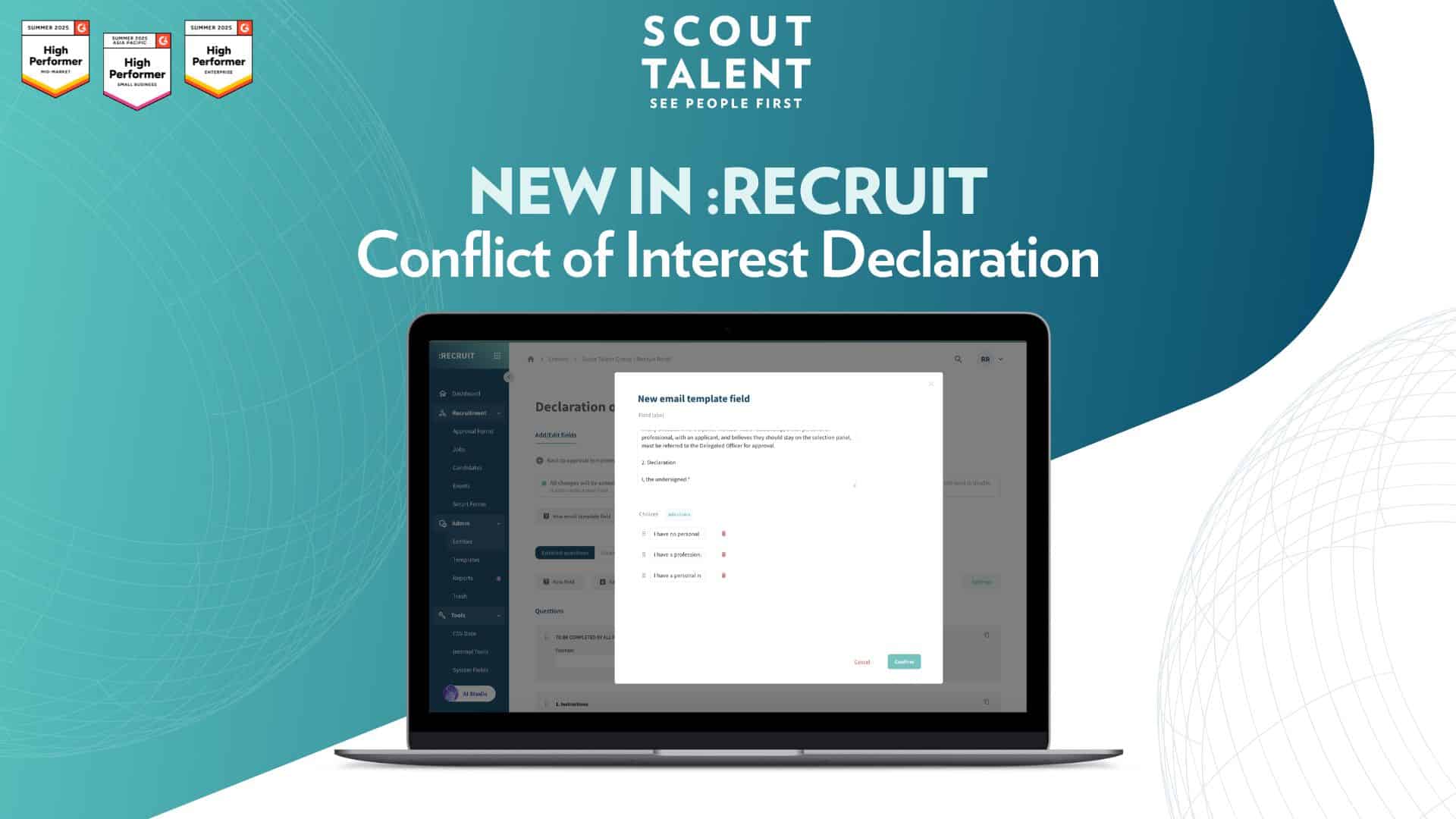3 Burning Questions Keeping HR Professionals And Hiring Managers Awake In 2023
As the world continues to navigate the disruption brought on by a global pandemic, the war for talent is reaching a fever pitch. In fact, according to PwC’s “26th CEO Survey,” 75% of CEOs indicate the biggest challenges facing their business in 2023 are workforce management (72%) and labor/skills shortages (78%).
And yet, amid a rising tide of economic downturn, rapidly advancing technological transformation and ongoing supply chain setbacks, the recruitment market is sending out conflicting messages. Some industry sectors are throwing everything they have at attracting skilled employees, while others are reducing their recruitment efforts following a wave of job cuts in a bid to survive.
In 2023, employers are facing pressure to evolve their approach to talent acquisition and reassess their recruitment procedures to secure candidates who will excel in their roles and remain committed to the company.
Faced with this challenge, we asked more than 1,000 organisations to share what’s keeping them awake at night. There were some common questions playing on their minds.
“Our budgets have been cut and our team headcount is low so we’re short on time and resources. How do we balance our recruitment priorities with our other HR responsibilities?”
There was a time when HR roles were becoming more and more specialised, and there would be a person or even an entire team dedicated to talent acquisition. As organisations review their business operations, this is now the exception rather than the rule, meaning HR professionals are having to be Swiss Army knives.
It helps to prioritise your recruitment efforts. Work with the business to identify the most pressing vacancies and focus on filling those critical roles first. Seek input and support from hiring managers and other stakeholders to prioritise and allocate resources effectively. Then communicate often to keep them informed and manage expectations. This might seem time-consuming, but regular communication will always save you precious time in the long run.
Streamlining your recruitment process and eliminating inefficiencies is another strategy to explore. Use your HR technology to automate administrative tasks, reduce the number of interview rounds, or prescreen résumés and filter out unqualified candidates for you. A client of ours reduced their average time to hire from 43 days to just 19 simply by waiving their inefficient paper-based recruitment process in favour of automating processes and adopting our application tracking system. Not only did this free up 24 days for their HR team to focus on other responsibilities, but they also saved more than 14,000 pieces of paper per year!
“We’ve been in a candidate-short market for more than two years now—we’re still not receiving the quality or quantity of applications we need. How do we attract more of the right candidates to our vacancies?”
Attracting top talent in a competitive job market can be challenging. First, identify what characteristics define your ideal candidate, such as cultural fit or technical expertise. Use this information to craft job ads that are clear and engaging, highlighting your unique employer brand and value proposition. Keep in mind that different candidates may be attracted to different qualities based on their needs and goals.
While it’s important to showcase what makes your company stand out, don’t be afraid to share some of the challenges of the role or industry. This can help attract candidates who are motivated to overcome obstacles and make a positive impact. It can also help weed out candidates who are not up to the task, saving time and resources.
A client of ours recruits aged care support workers. They found that applicants had different expectations of the role compared to the reality. As much as the client felt they were telling candidates about the physical nature of the role, after commencing work, new hires would express their surprise at how much physical work was involved. So the client completely reworded their job advertisements. They included a testimonial from an existing support worker talking about how personally satisfying the work is despite the physical labor.
Don’t forget to leverage your existing employees. Set up a referral program offering bonuses or incentives such as time off to employees who refer qualified candidates.
“It’s not just new hires we’re struggling with. Other organisations are attempting to poach our employees by offering high salary packages. How do we protect ourselves against staff turnover?”
According to Gallup, highly engaged workers are 18-43% more likely to stay with their employers. Engaging employees leads to stronger retention, but it takes time and effort to drive this engagement.
Invest in building a culture that fosters employee engagement. Identify and understand the key drivers of engagement for your business or team and develop your strategies and offerings around them. Consider whether they form part of your employee value proposition (EVP). Don’t assume your people know it all though. Communicate your EVP and your engagement strategies regularly and through multiple channels so they’re always front of mind.
In this economic climate, money is certainly a driving force, but it’s not everything. The pandemic turned the nature of work on its head, and people got used to different working conditions. Consider what incentives you can offer, beyond monetary benefits, to create a competitive working environment. Flexibility, training, mentoring, philanthropic opportunities, improved accessibility, inclusion and diversity actions, the list goes on. Get to know what truly matters to your employees, especially your A-players, and create an offering that even an increased salary can’t compete with.
There are two constants that are guaranteed for any organisation in today’s environment: the inevitability of change, and the need for the right people to help navigate those changes. The war for talent is only heightened against this backdrop, making recruitment—and the role of HR professionals—that much more crucial to the survival of an organisation. While this brings added pressure to you and your team, it also brings an enormous opportunity to elevate the work you do and the contribution you make.




